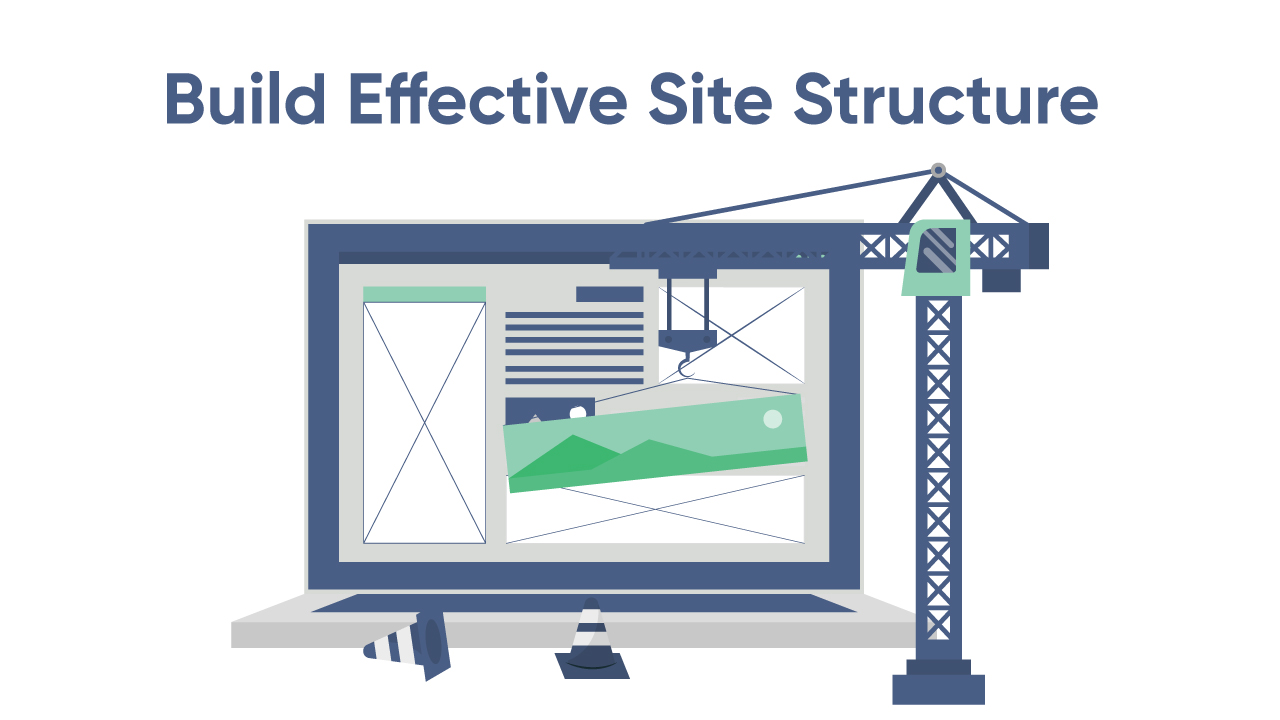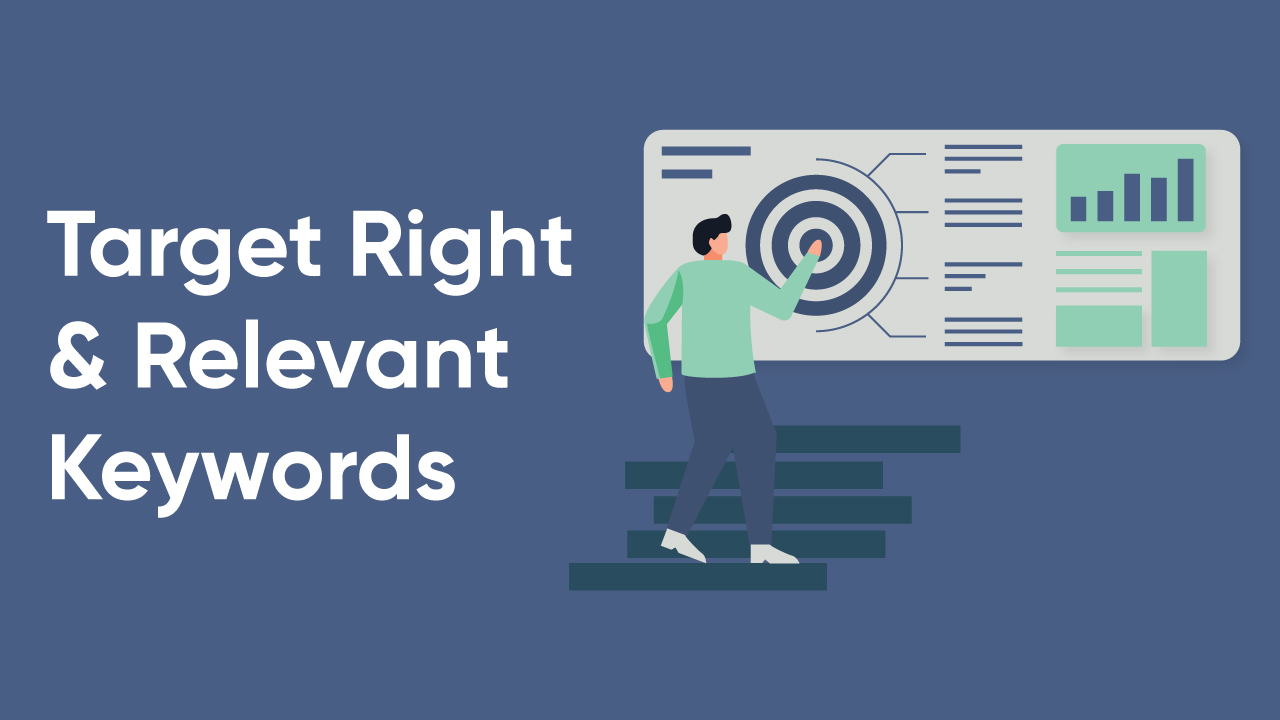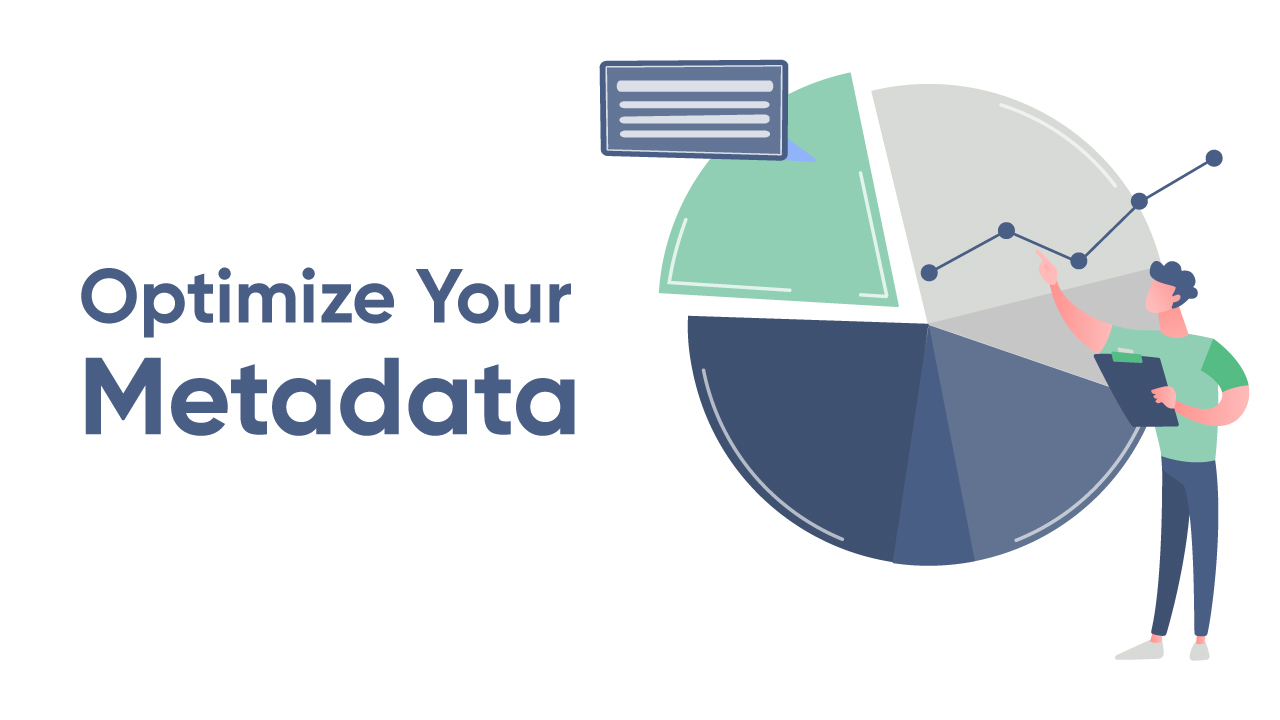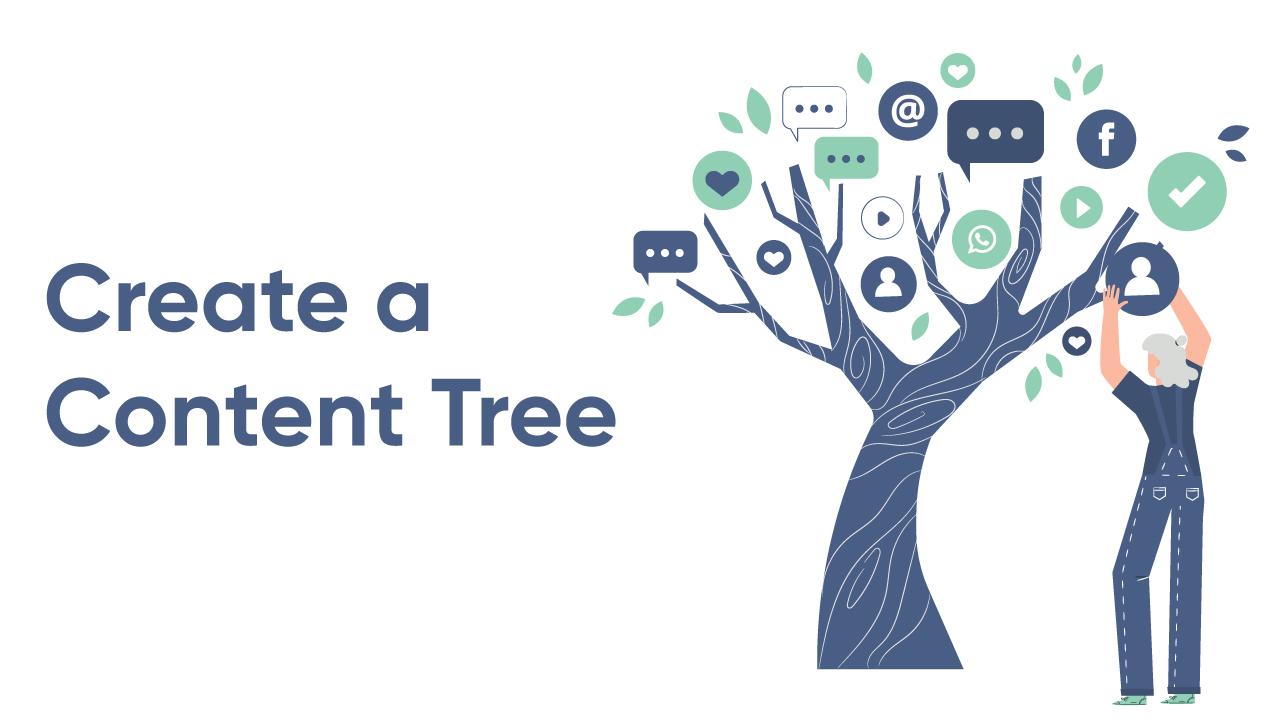Best Techniques to Boost Your Website's Ranking in 2023

Qasim Agha Khan
Apr 10, 2023

Apr 10, 2023
Table Of Contents
Are you struggling with fluctuating SERP rankings? Here are some Best Techniques to Boost Your Website's Ranking in 2023.
Running a website but don’t know how to rank it on the search engine? No worries! We are here to guide you about how you can boost your website’s ranking and make sure it comes 1st on SERPs. Whether you display content, products or services on your website, your main goal is to generate revenue. Right? So, you must know that setting up a website isn’t enough to earn through digital marketing.
For example, you are planning to become a blogger. What would you do to monetize it? You’ll make sure that your website ranks higher on SERPs and users from all over the world visit it on a regular basis.
Simply, to know how you can boost your website’s ranking, you must be aware of the ranking factors defined by the search engine (Google). Yes, ranking factors are your key to success.
Major factors that contribute to the ranking of a website includes:
UI/UX
Website Architecture
Content
Keywords
Metadata
Alt Tags
Link Building
Site Map
Loading Speed
In short, you are required to optimize these elements in order to rank the top on SERPs. You can use certain techniques to take care of these ranking factors and rank your web content higher on SERPs. So, here comes the point where we would like to discuss the techniques to boost your website’s ranking in 2024.
Improve the user experience of your website with a compelling and user-friendly interface
You know how important it is to have a compelling and user-friendly interface?
To rank higher on SERPs, you have to make sure that your website provides a meaningful experience to it’s users. It should be easy for your users to access, understand and use your web content including articles, products, and services.
Keep in mind that a good interface delivers the best user experience.
Let us help you to improve your website’s UI/UX so that you can boost your website’s ranking in the easiest way possible.
For an improved user experience, the interface of your website must:
aligns with the type of your website
enables easy navigation
provides information in an organized way
includes necessary call-to-action buttons
allows social sharing
Other than this, you can make your website even more compelling by following these guidelines:
Choose soothing colours for your website logo, icons and fonts
Be cautious about the texture, colour and display of your web content ( e.g light-coloured fonts on dark background)
Choose the right size and style for your headings and content
Include easy-to-use control buttons and information components

Organize your pages and categories in a hierarchical way to build an effective website architecture
To be in the good books of search engines, make sure that your users easily find whatever they are looking for on your website. For this, you need an effective site structure.
But how? It’s easy.
Go for the Flat Site Structure to organize and link your pages, categories, products, and posts in a hierarchical way.
The flat hierarchy makes your web content “discoverable” as well as prevents “overlapping” of pages and items.
In short, if you organize your web content using a flat site structure, it will help you to improve your user experience which in turn, would boost your website’s ranking.

Create and optimize your web content according to search engine algorithms
Content Optimization is one of the top 3 ranking factors. Therefore, you must create and optimize your web content just as the search engine says - deploy on-page SEO skills. Keep in mind that the creation of seo-friendly metadata is also included in the content optimization.
Basically, we can not separate metadata from the content because keywords, wording, sentence structure, paragraph length, title tags, meta description, and URL slug altogether contributes to the creation of search-engine-optimized content. So, you have to make sure that both the text and metadata of your web pages and articles are well-optimized.
Simply, if your website isn’t doing well then consider the following factors to create seo-friendly content and boost your SERPs rankings:
Relevance
Accuracy & Authenticity
Readability
Keyword Placement & Density
Title Tag
Meta Description
URL Slug
ALT Text

Include niche-specific keywords with high volume and less difficulty in your content
Keep in mind that without optimized content, there’s nothing to index and rank. Whereas the most crucial part of content optimization is “the use of keywords”. The keywords are considered to be the “backbone” of the content. You must know that it’s the keywords which enables the search engine to display your content as a result of a search query. Yes, this is how the ranking works. We use a set of related keywords in the content then based on the keywords, the search engine fetches the content and displays it on the top of the result page (whenever a user searches for it).
For example, if you are running a blog then what kind of keywords should you target?
Your niches, categories, products, and audience determines what kind of keywords you need to target Keep in view that you can not target any random keyword that is related and relevant to your niche, category or product. It should be both right and relevant. There are four factors to consider while choosing the right & relevant keywords for your content - Relevance, Volume, Difficulty, and Target Audience. Use a keyword research tool - specify your niche and target country to look for the high-volume keywords which have less difficulty score to add in your content.
Lastly, let us tell you a secret: The long tail or LSI keywords serve the best to boost the ranking.

Strategic use of keywords is important as it helps to maintain the quality of content. Leverage these tips for right placement & density of keywords - add your keywords in:
Introduction of your content (once)
Body paragraphs of your content ( 4-5 times)
Headings and Subheadings (2-3 times)
Conclusion of your content (once)
Slug (only focus keyword)
Title Tag (focus keyword in the beginning)
Meta Description (all keywords for once)
Generate seo-friendly and well-structured meta descriptions, URLs, and title tags
Consider the following factors to create seo-friendly metadata:
Title
Use 70 characters to create the title tag. Keep in mind that you must use your focus keyword in the beginning and highlight the content intent, properly.
Meta Description
Use 100-130 characters to create the meta description. Remember that it must describe and highlight the content intent.
Never forget to include the focus and related keywords in the meta description.
URL Slug
Add the focus keyword in the slug and keep it simple. Try to highlight the content intent in a precise way.
Alt Text
Describe what the image is about in a simple statement. For example, you can add an alternative text for an image of Effiel Tower as “The Eiffel Tower at sunset, lit up and visible from a distance."
Remember that every image you use, must be unique and relevant to the page or blog content

Get backlinks from multiple relevant websites with high domain authority
The best way to boost SERPs rankings is “backlink building”. When a high DA website links out to your website, it gives you a backlink that vouches for your website quality. In simple words, when other websites link out to your website, they basically enable both the users and search engines to discover your website through their content. This way, your website gets more traffic and makes room in the good books of the search engine simultaneously. In short, backlinking boosts the website ranking but all of your backlinks must be of high-quality.
Do you know effective ways to build quality backlinks?
Keep in view the following things for quality backlink building:
All the backlinks must have dofollow tags
Never get backlinks with a nofollow tag
Never go to illegal sites or PBNs to get backlinks
Your website keeps getting backlinks from various but relevant sources
The website that gives you backlinks must have high domain authority
Avoid getting multiple backlinks consecutively (in a shorter period)
Use “feeler email strategy” to get backlinks from high DA websites
The anchor text of your backlink must have your target keyword in it
Moreover, make sure that the backlinks you get leads the visitors and search engines to your:
Homepage
Categories
Products
Articles (which targets your focus keywords)
Tip: Politely ask bloggers with high DA if they would like to see your pitch rather than directly asking for a backlink (send feeler emails).
Add multiple external links to relevant websites with high DA
Do you know that getting backlinks is not enough for boosting website ranking? You must add links to high DA websites in your content as well. Yes, outbound links help you to boost your website ranking because the search engine considers it good when you link out to high DA websites.
So, to make sure your link building serves the best to expedite your SERPs ranking, you need to get and give high-quality backlinks as much as you can. Try your best to add outbound links to multiple but relevant websites (with high domain authority) in your articles.
When it comes to the use of link building for website ranking, never neglect the power of internal links. The search engine likes it the most when you create a proper linkage between your related articles. It helps both the visitor and search engine to easily navigate on your website and discover all the related content. In order to link your articles, you can create a content tree: link your related articles to one another. When done properly, the internal linking contributes a lot to boost a website’s ranking.

Add all of your web URLs in the sitemap and submit it to the Google Search Console
If you have been optimizing your content well and updating your website regularly but still, it isn’t ranking then there can be some technical issues that bug your website performance and hinder it from ranking.
Here, we would like to tell you about one such issue that’s the “absence of sitemap”. You must know that the submission of XML Sitemap to the Google Search Console is the most important technique that is used to rank a website.
To make sure all of your web pages rank on SERPs, you need to add their URLs in your sitemap and then submit it to the Google Search Console. This way the search console signals the search engine to crawl your website and if you have been following all the SEO algorithms properly then the crawler instantly indexes and ranks your well-optimized content higher.
Compress your codes and images to boost the loading speed of your website and web pages
The loading speed matters a lot when it comes to assessing your website quality. You know that the search engine always wants your website to deliver a great user experience. Verily, a website that loads quickly provides a good experience to its users.
Therefore, the last technique that we advise you to implement for your website ranking is the improvement of your site and page speed. To improve the loading speed of your website, you can:
Compress the Images
Minify the Codes (HTML, CSS & JavaScript)
Enable Browser Caching
Use a CDN
Reduce the Redirects


Apr 10, 2023
Qasim Agha Khan is a seasoned SEO consultant and digital entrepreneur with over a decade of experience helping businesses improve their online visibility and drive organic traffic. He is also the author of the bestselling book '10 Minutes SEO,' a comprehensive guide to mastering search engine optimization strategies in a concise and actionable manner.
Get in touch with our support team.